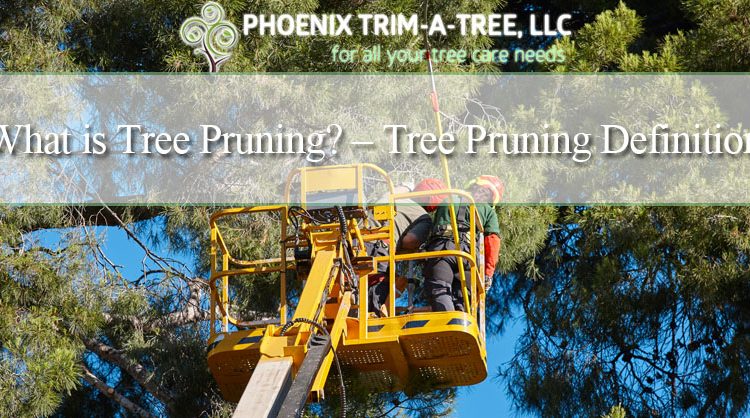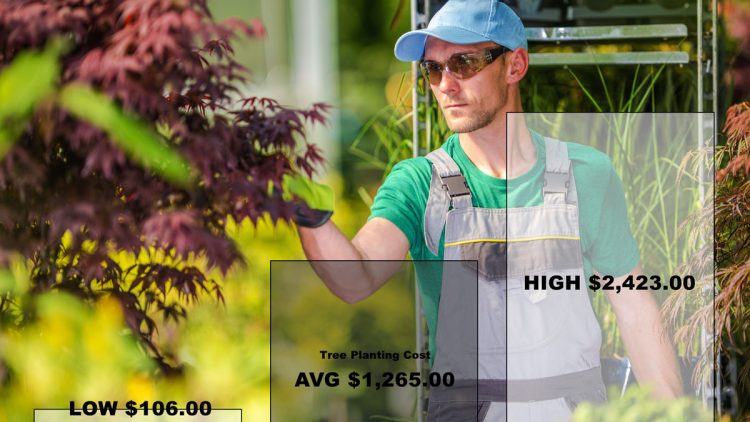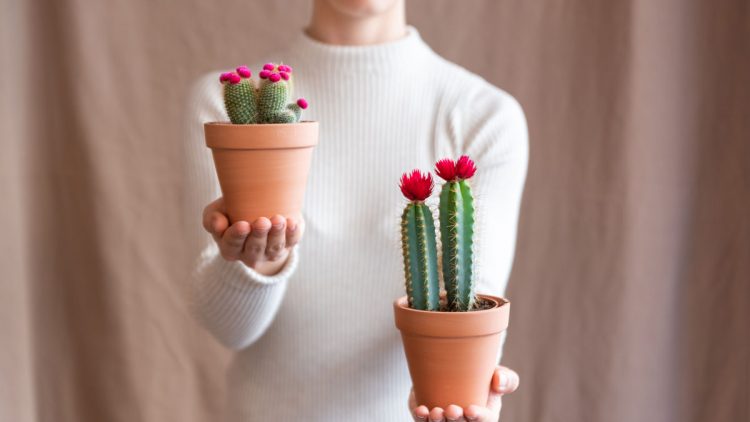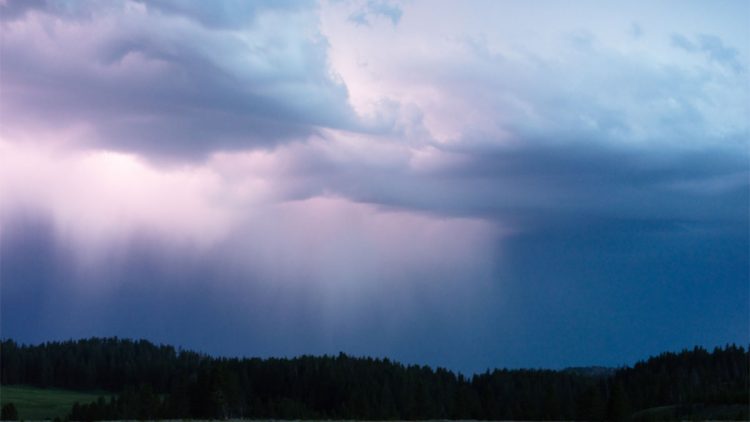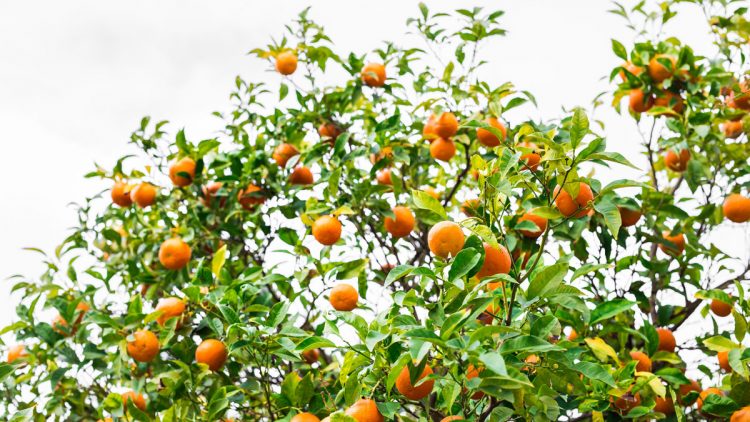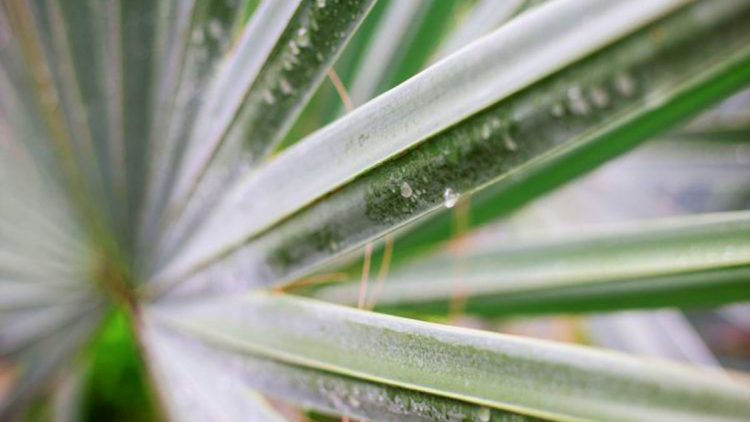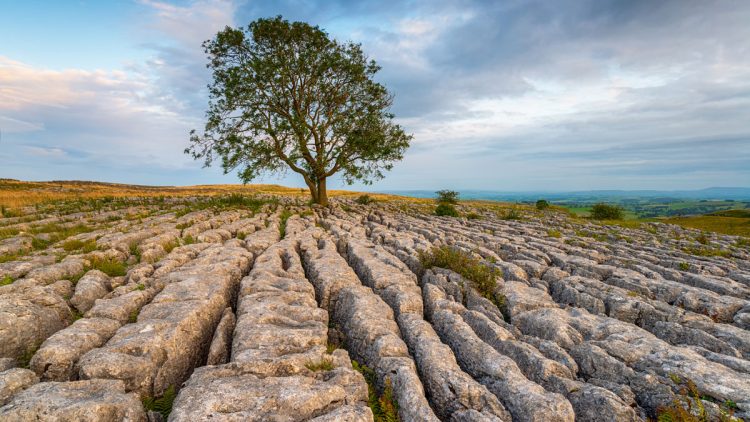What is Tree Pruning? – Tree Pruning Definition
WHAT IS TREE PRUNING? – TREE PRUNING DEFINITION
GET A FREE ESTIMATE TODAY!
TREE PRUNING DEFINITION – Pruning is a horticultural practice comprising of the selective removal of certain parts of a tree, such as roots, branches or buds.
REASONS TO PRUNE
Because each cut can change the overall growth of the tree, no branch should be removed without grounds to be cut. Typical reasons for pruning are for the removal of dead branches, to enhance form, and to reduce risk of falling branches. Trees can also be pruned to let in more light and air penetration to the tree’s crown or to the landscape below the tree. In some cases, mature trees are pruned as preventive or corrective steps, as regular thinning does not actually improve the health of a tree.
WHEN TO PRUNE
Most regular pruning to remove disease-ridden, weak or dead limbs can be completed at any time of the year with little impact on the tree. In general, wound closure and growth are increased if pruning takes place prior to the spring growth flush. A couple of tree diseases, like oak wilt, can develop when pruning wounds and can provide access to pathogens. Vulnerable trees should not be pruned in active transmission spells.
PRUNING TECHNIQUES
Certain types of pruning may be necessary to manage an adult tree in a healthy, safe, and appealing condition.
CLEANING – Cleaning is removing dead, dying, diseased-ridden, weakly joined, and low-strength branches from the crown of the tree.
THINNING – Thinning is selective branch removal to improve the tree structure and to increase light penetration and air movement throughout the crown. Correct thinning opens up the foliage of a tree, lessens the weight on more substantial limbs, and helps keep the tree’s natural shape.
RAISING – Raising removes lower branches from a tree to allow clearance for buildings, vehicles, and people.
REDUCTION – Reduction reduces the size of a tree, usually for utility line clearance. Reducing a tree’s height or spread is generally done by pruning back the tree leaders, and branch ends to secondary branches that are sufficiently large enough to take over the terminal roles. In comparison to topping, reduction helps keep the form and structural durability of the tree.
PRUNING YOUNG TREES
Proper pruning is vital in developing a tree with a robust structure and appealing form. Trees that receive proper pruning measures while they are still young will need fewer corrective pruning as they grow older. A sturdy structure of primary branches should be created while the tree is still young. These limbs are called scaffold branches and are a mature tree’s groundwork. Properly trained young trees will start to develop a strong structure that needs less corrective pruning as they grow older. For a lot of young trees, try to keep a single dominant leader growing upwards. Don’t prune back the tip of this leader or let secondary branches exceed the central leader.
PRUNING PALMS
A lot of pruning of palms is done to remove dying or dead fronds, flowers and/or fruiting clusters, especially those that may be a possible risk to the public, like coconuts. Pruning is typically conducted at least twice a year. Coconuts can be pruned as frequently as every 3 to 4 months to minimize the risk of damage or injury from falling coconuts. It is best for the palm if green fronds remain unharmed. Palms that are over pruned may have a slower growth rate and can attract pests. Climbing spikes should not be used to climb palms for pruning because they harm the palms trunk.
PLEASE DON’T TOP TREES!
Topping is possibly the most harmful tree pruning technique known. Yet, regardless of more than 25 years of literature detailing its adverse effects, topping continues to be a common practice. Topping is the cutting of tree branches into stubs or to sideway branches that are not substantial enough to take on the terminal role.
ALTERNATIVES TO TOPPING
Every now and then a tree must be reduced in height or spread, like for clearing utility lines. There are suggested techniques for doing so. Small branches should be cut back to their original point. If larger limbs are required to be shortened, it should be pruned back to a sideways branch that is large enough to take on the terminal role. This technique of branch reduction helps to preserve the natural form of the tree. However, if significant cuts are needed, the tree may not be able to close over and let its wounds compartmentalize. Occasionally, the most natural solution is to totally remove the tree and replace it with a species that is more suitable for the site.
PHOENIX TRIM-A-TREE OFFERS TREE PRUNING IN PHOENIX
Phoenix Trim-A-Tree offers tree pruning in Phoenix, Arizona. For tree pruning or tree trimming in Scottsdale, Mesa, Tempe or Chandler, contact Phoenix Trim-A-Tree Today!

